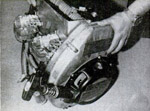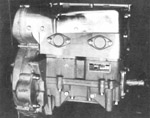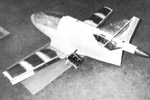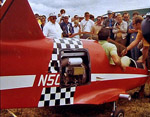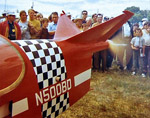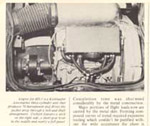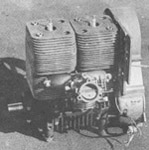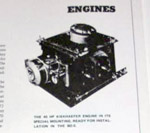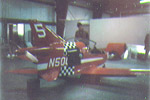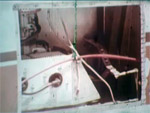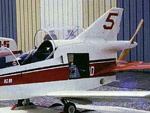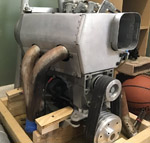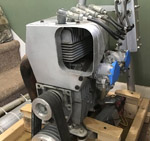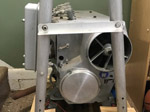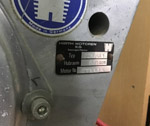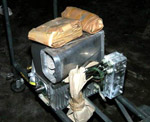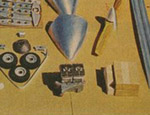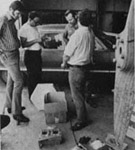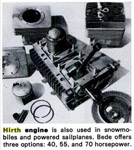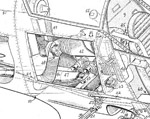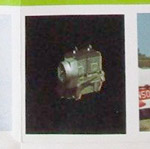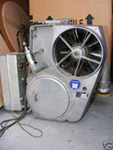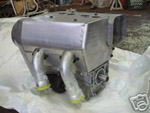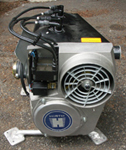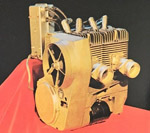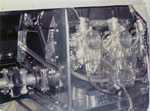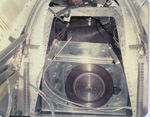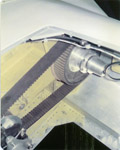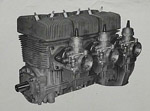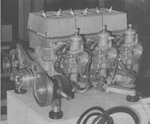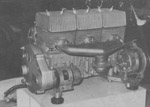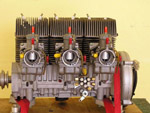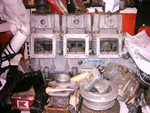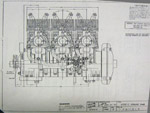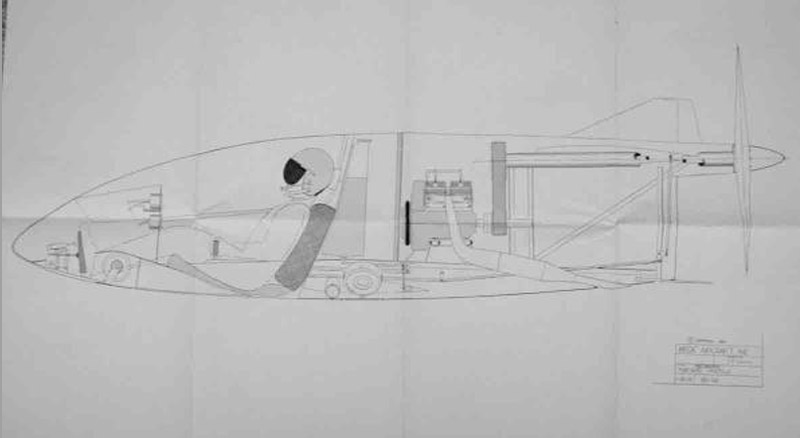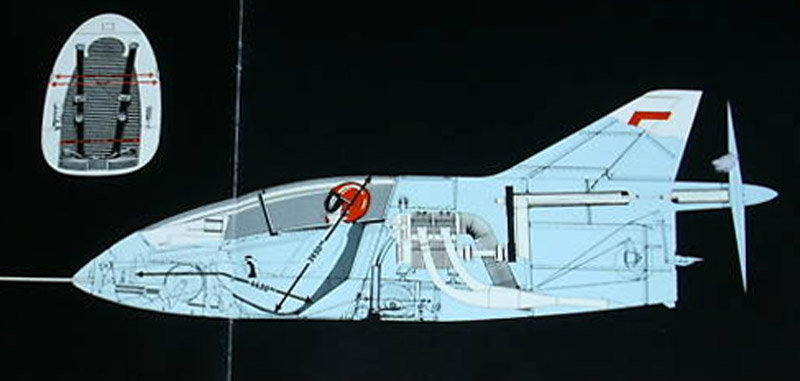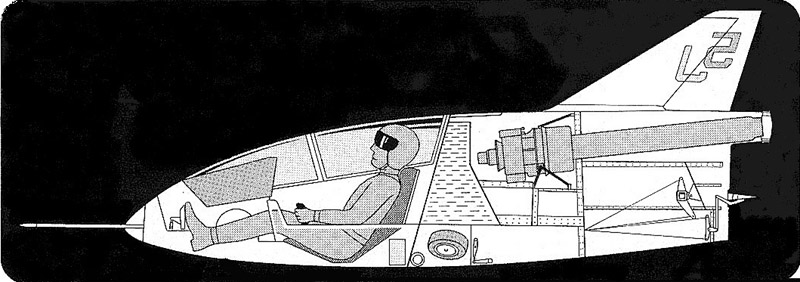swept horizontal stabilizers and elevators (fighter style), placed higher on the fuselage, better suited to the propeller flow
eventually this fighter-style swept horizontal tail was replaced by the definitive one-piece all-flying horizontal tail
first flight over the runway: 31 May 1972. Out of ground effect according to Bede
first real flight, away from the runway: 11 July 1972
on display at Oshkosh, 30 July - 5 August 1972, with the definitive horizontal tail and Kiekhaefer engine
demonstrated at Bede Open House at Newton, Kansas, 19 - 20 August 1972
initially had the Kiekhaefer Aeromarine 440 engine like N500BD, but it was installed differently. It was rotated on its side, with the inlet side up. N501BD was not flown with this engine, it was replaced before the first real flight
Kiekhaefer Aeromarine (or Kiekhaefer Aeromarine Motors, Inc) was a then-new company founded in 1970. The 'old' Kiekhaefer-Mercury later became Mercury Marine. Kiekhaefer Aeromarine engaged Alexander Lippisch (of Komet fame) in an advisory role, then pulled out of the project, and threatened with legal action to stop BD-5 advertising the Kiekhaefer name (see 'BD-5S - at last a BD-5 with no engine problems' in Air Progress, June 1975 issue). Jim Bede's version, as reported in his book, was that Kiekhaefer would produce the order for 3,000 engines at the end of a production run of 15,000 to 20,000 for Bolin snowmobiles. When that order was cancelled, legal problems called for leaving the production line as it was, preventing the Bede order to be produced
had a Hirth 650 cc installed after Kiekhaefer Aeromarine pulled out. The article 'The mighty Hirth - out of the snow and into the blue' in Flying magazine, September 1973, reports that the engine was installed on its side initially, because the carburetor projected way out of the block. This is supported by a photo, that also shows dual ignition. Most of the test flying was done with this configuration
last flight: 8 October 1972. Crash-landed on a country road after an engine failure (mixture cable broke). It was the 33rd flight, and the fourth flight with the 'A' short wing
not repaired since N502BD would be available soon. Instead reused as the 'Truck-a-Plane' simulator. Just before Oshkosh 1975, 38 customers flew the simulator and the actual aircraft (N502BD or N503BD)

